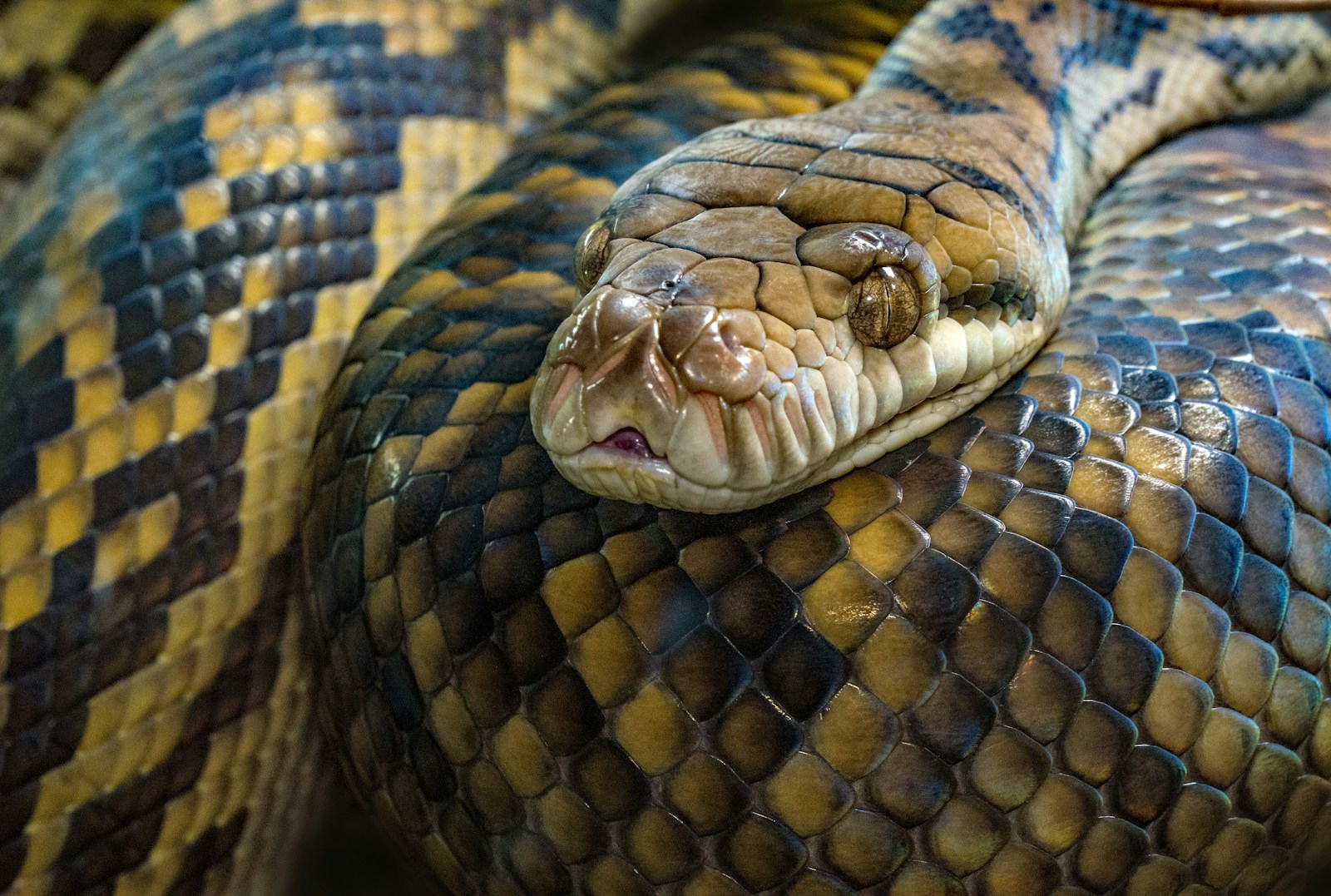In the concrete jungles that humans have built, wildlife finds itself facing unprecedented challenges. Among these adaptable creatures are non-venomous snakes, which have shown remarkable resilience in colonizing our urban landscapes. From city parks to suburban gardens, these serpents have developed fascinating strategies to survive alongside humans, often going unnoticed as they navigate drainage systems, gardens, and building foundations. Their ability to thrive in human-dominated environments not only speaks to their evolutionary adaptability but also offers valuable insights into urban ecology. As cities continue to expand worldwide, understanding how these reptiles adjust to urban living becomes increasingly important for conservation efforts and human-wildlife coexistence.
The Urban Challenge for Snakes
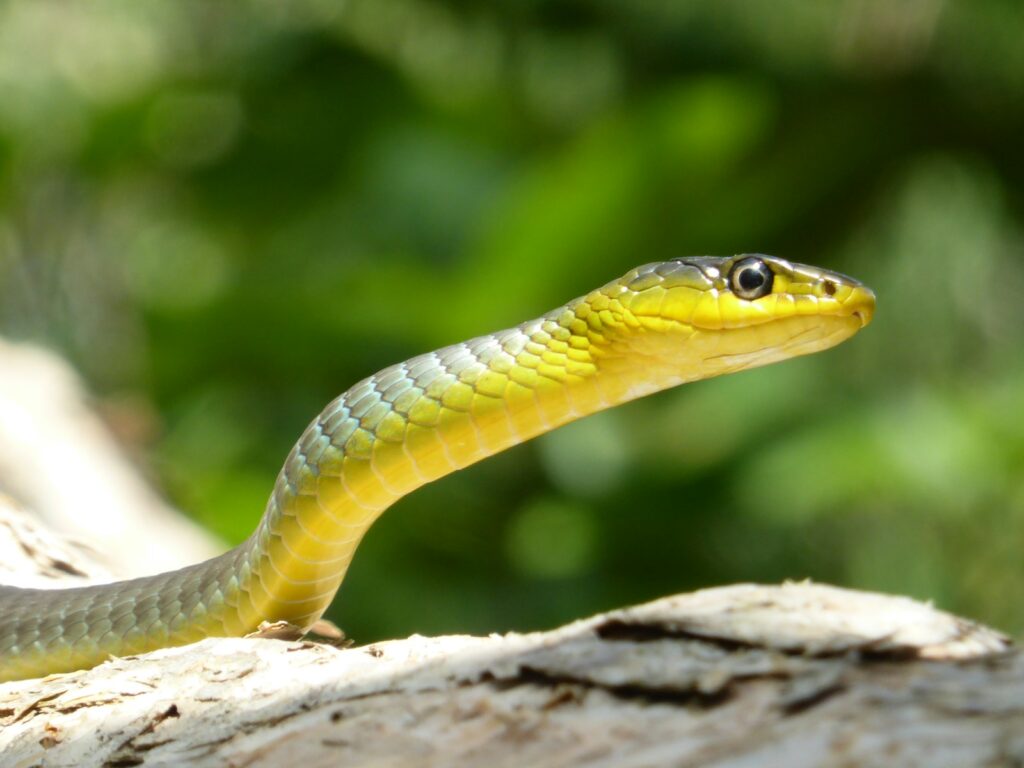
Urban environments present non-venomous snakes with a complex matrix of challenges that differ dramatically from their natural habitats. Concrete and asphalt replace soil and leaf litter, creating thermal environments that can reach extreme temperatures during summer months. Fragmentation of habitat forces snakes to navigate dangerous road crossings, while artificial lighting disrupts natural behavioral patterns tied to the day-night cycle. Additionally, urban snakes must contend with pollutants in water and soil that can affect their health and reproductive success. Perhaps most challenging is the consistent threat from humans who may kill snakes out of fear or misunderstanding, creating a selection pressure that favors individuals that can remain hidden or adapt to human presence.
Species Most Successful in Urban Settings
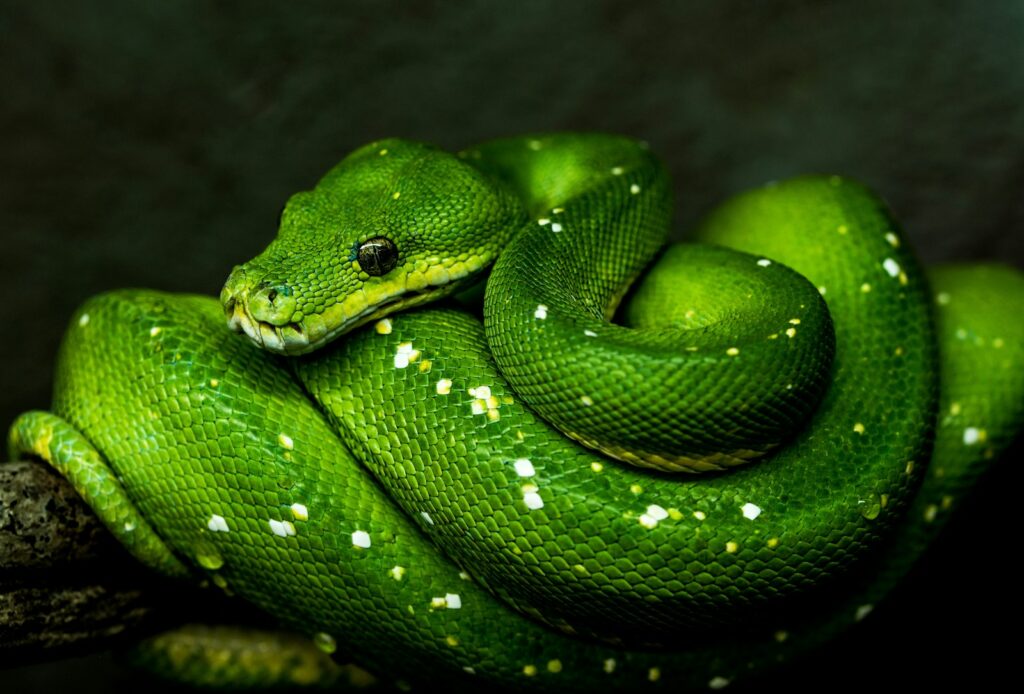
Not all non-venomous snakes are equally adept at urban adaptation, with certain species demonstrating particular success in human environments. Garter snakes (Thamnophis spp.) have proven especially adaptable, thriving in parks, gardens, and even cemetery grounds across North America. The common rat snake (Pantherophis obsoletus) has earned its nickname by excelling in rodent control within urban settings, making homes in attics, barns, and outbuildings. In warmer regions, racers (Coluber spp.) utilize their speed and diurnal habits to exploit urban green spaces, while brown snakes (Storeria dekayi) manage to maintain populations in highly developed areas due to their small size and unobtrusive habits. Ring-necked snakes (Diadophis punctatus) have also demonstrated remarkable urban persistence, utilizing mulch piles and garden debris as substitutes for natural cover objects.
Dietary Adaptations in the Concrete Jungle
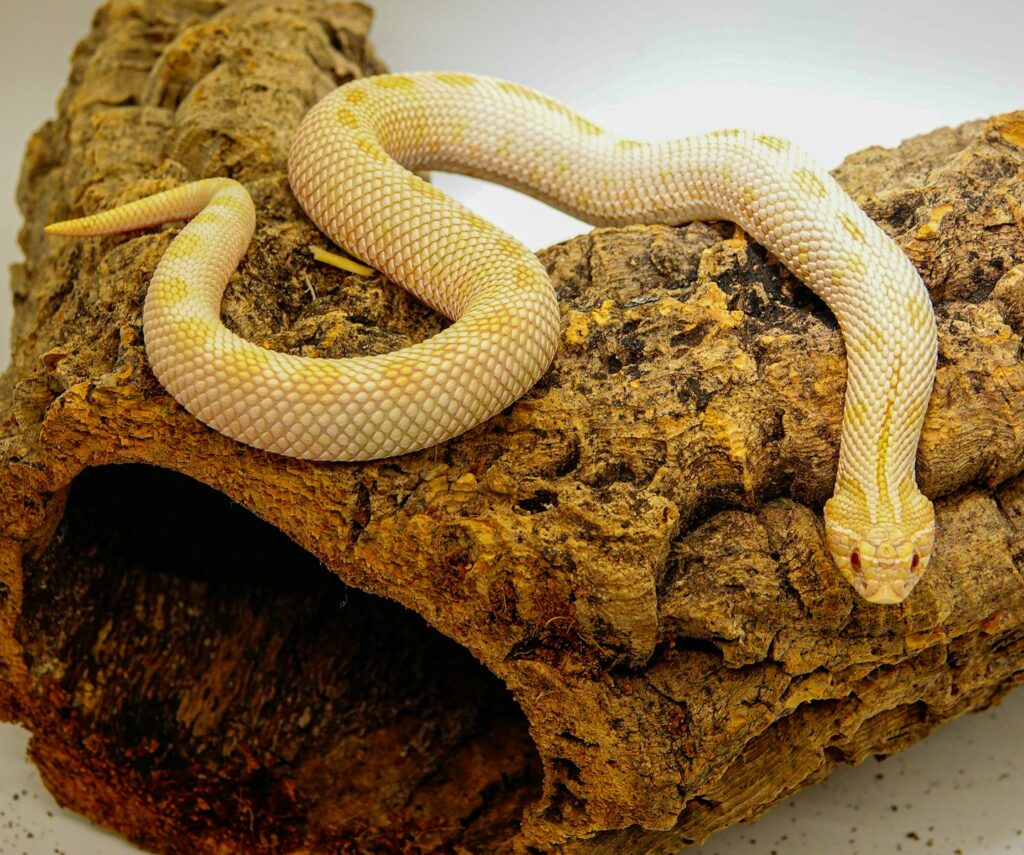
Urban environments offer non-venomous snakes a surprisingly rich but altered menu of prey options, prompting significant dietary adaptations. Many species have capitalized on the abundance of synanthropic rodents that thrive alongside humans, with rat snakes and kingsnakes becoming efficient controllers of mice and rats in residential areas. Smaller snake species have shifted to consuming urban-adapted invertebrates, including earthworms displaced during gardening activities and insects attracted to artificial lighting. Water snakes in urban waterways often feed on non-native fish species introduced to decorative ponds and canals, demonstrating dietary flexibility. Perhaps most remarkably, some urban snakes have learned to exploit seasonal food bonanzas, such as garter snakes that gather to feed on fallen fruits in community gardens or patrol areas where humans regularly feed birds, capturing ground-feeding rodents that come for scattered seeds.
Behavioral Modifications for Urban Survival
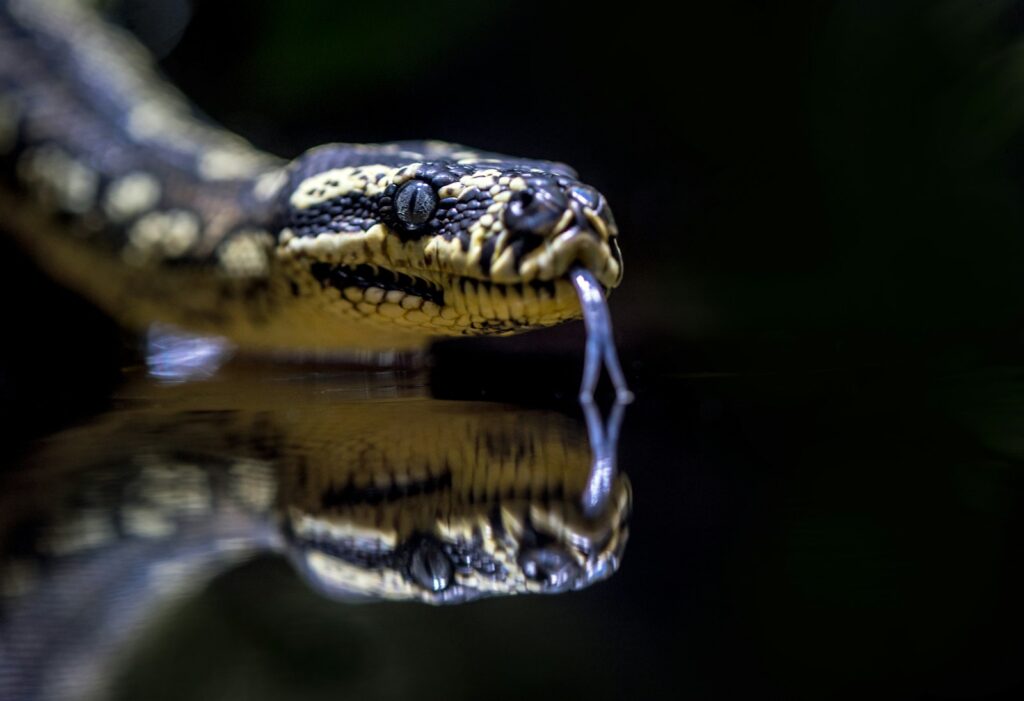
Urban-dwelling non-venomous snakes exhibit fascinating behavioral shifts that enhance their survival in human-dominated landscapes. Many species become increasingly nocturnal in cities, reducing encounters with humans while taking advantage of artificial lighting that attracts insect prey and the mammals that feed on them. Defensive behaviors also evolve, with urban snakes often showing reduced flight distances and defensive displays compared to their rural counterparts—those that strike or hiss aggressively are more likely to be killed by humans. Movement patterns adapt to follow linear infrastructure like hedgerows, drainage systems, and power line corridors that provide relatively safe passage through otherwise inhospitable areas. Interestingly, some urban snakes display reduced seasonal migration behavior, instead finding microhabitats that allow them to meet all their needs within a smaller area, reducing dangerous crossings of roads and developed spaces.
Thermal Regulation in an Artificial Landscape
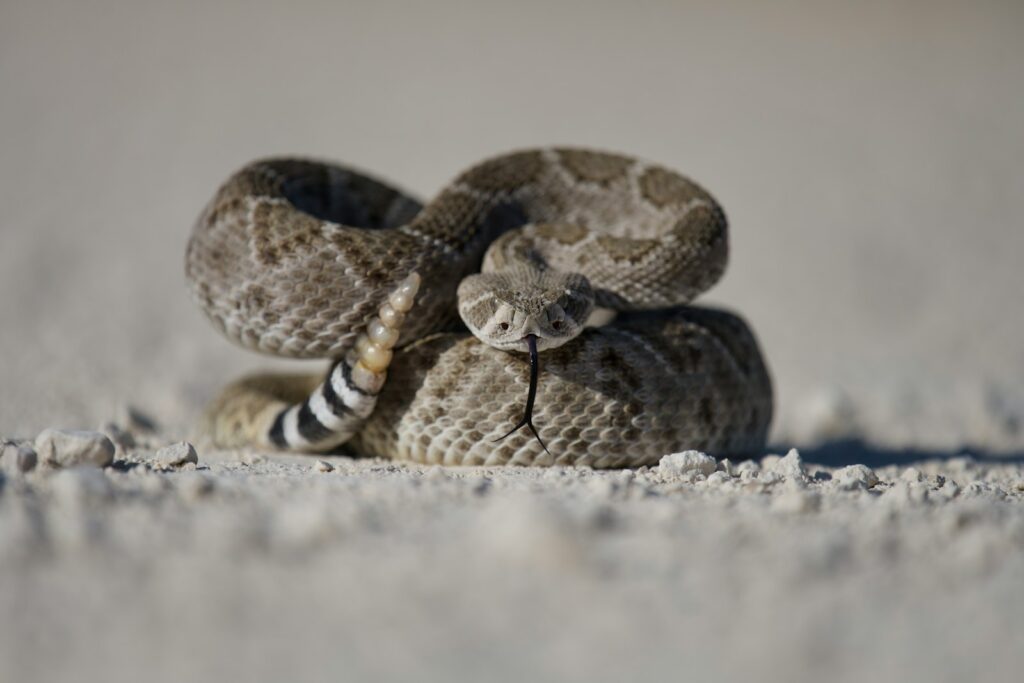
The urban heat island effect creates a unique thermal environment that non-venomous snakes must navigate for survival, presenting both challenges and opportunities. Asphalt roads and concrete surfaces absorb and radiate heat at levels far exceeding natural substrates, offering valuable basking sites during cool mornings but becoming potentially lethal during summer afternoons. Adaptable snakes learn to utilize these artificial heat sources strategically, basking early in the day but seeking shelter as temperatures rise. Many urban snakes exploit thermal gradients by shuttling between sun-exposed areas and shaded retreats within small spaces, maximizing their activity periods. In northern climates, some species have been documented using human structures like basement foundations, manholes, and compost piles as hibernation sites, accessing underground spaces that remain above freezing throughout winter—allowing them to survive in regions where natural hibernacula would be insufficient.
Reproductive Adaptations to Urban Life
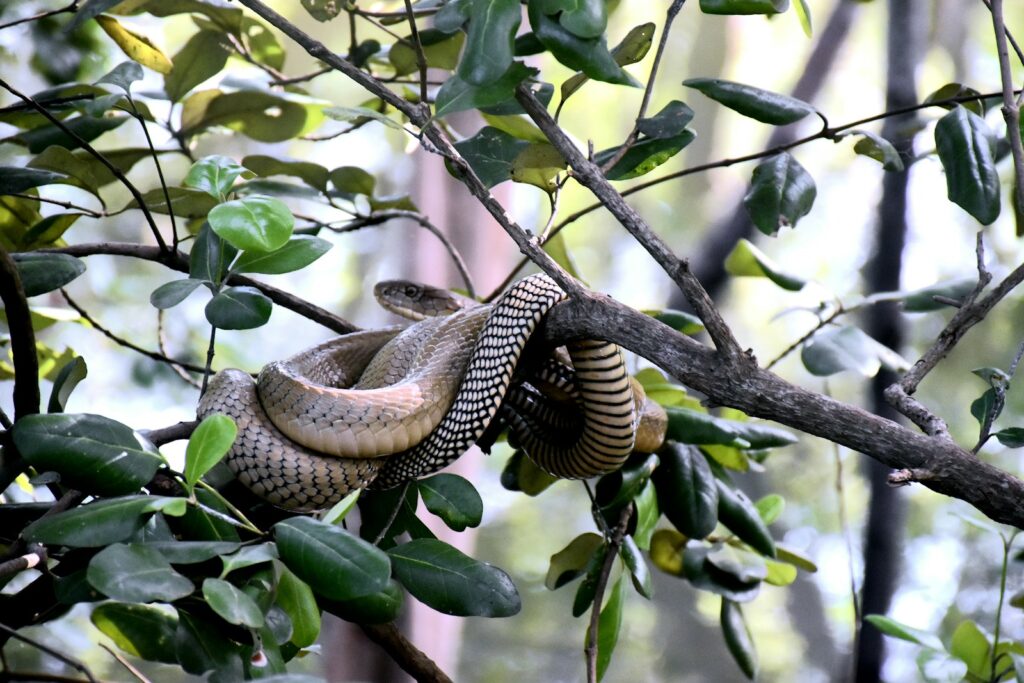
Reproduction presents particular challenges for non-venomous snakes in urban settings, leading to notable adaptations in breeding behavior and nesting strategies. Female snakes in cities often select nest sites associated with human structures, utilizing mulch piles, compost heaps, and flowerbeds that offer both suitable temperatures for egg incubation and protection from many predators. Research suggests that some urban snake populations are shifting toward more frequent but smaller clutch sizes, possibly representing a trade-off between reproductive output and the energetic demands of city living. Communal nesting, where multiple females lay eggs at the same location, appears more common in urban areas where suitable egg-laying sites may be limited. Perhaps most significantly, the extended warm season created by the urban heat island effect can alter reproductive timing, with some city snake populations exhibiting longer breeding seasons and, in some cases, producing additional clutches compared to their rural counterparts.
Utilizing Human Infrastructure

Non-venomous snakes display remarkable ingenuity in repurposing human infrastructure for their survival needs in urban environments. Storm drainage systems serve as ready-made migration corridors, allowing snakes to move throughout urban areas while avoiding roads and open spaces where they would be vulnerable to predators and humans. Garden features like rock walls, decorative borders, and raised beds provide excellent analogs to natural rocky outcrops, offering both shelter and hunting opportunities. Building foundations create cave-like microhabitats that maintain stable temperatures, while gaps in retaining walls and cracks in concrete offer secure retreat sites impervious to most predators. Landscaping elements such as ornamental ponds become hunting grounds for water-oriented species, with irrigation systems creating moisture gradients that attract both the snakes and their prey during dry periods, effectively transforming hostile urban terrain into habitable terrain.
Avoiding Human Detection
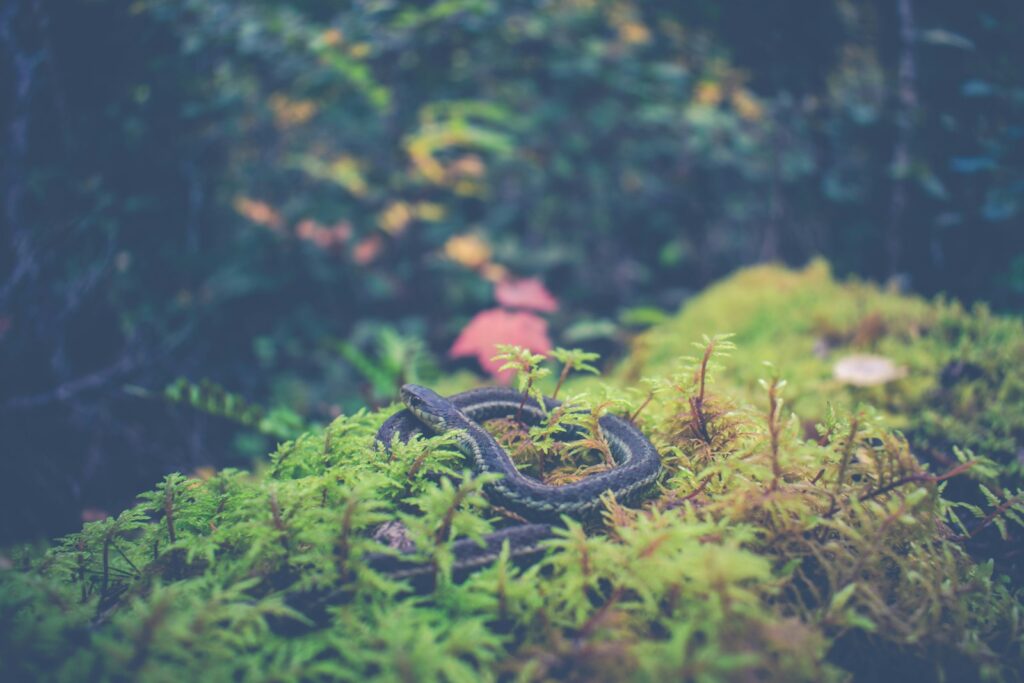
Perhaps the most crucial adaptation for urban snake survival is the ability to avoid human detection, with several species developing specialized behaviors that minimize encounters with their most dangerous predator. Many urban snakes become increasingly secretive, shifting activity patterns to times when human presence is minimal and developing enhanced freeze responses when people approach rather than fleeing conspicuously. Coloration plays a significant role, with snakes whose patterns blend with mulch, leaf litter, or concrete having a survival advantage in cities. Movement strategies also adapt, with many species traveling along boundary areas like fence lines and building edges rather than crossing open spaces where they would be visible. Some researchers have noted that urban snakes may reduce tongue-flicking behavior when humans are present, potentially limiting chemical sampling that would otherwise cause noticeable movement, demonstrating a sophisticated behavioral plasticity that aids their urban persistence.
Changes in Population Demographics
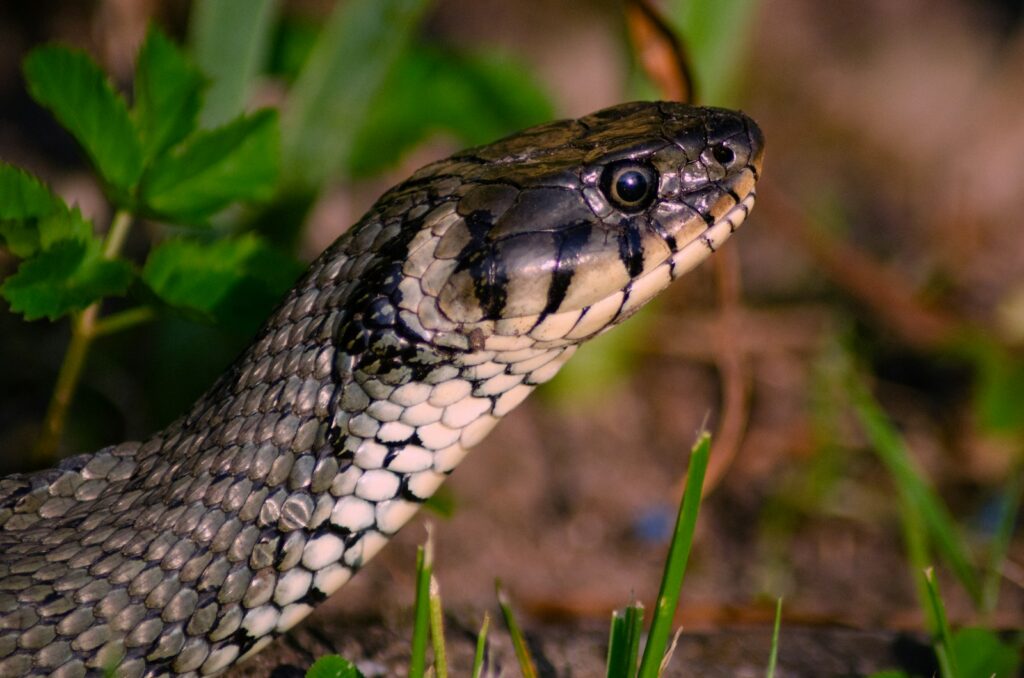
Urban environments exert unique selection pressures that reshape the demographic profiles of non-venomous snake populations. Studies reveal that urban snake populations often skew toward larger body sizes, possibly because bigger individuals better withstand the thermal extremes of city environments and have greater fat reserves to endure periods of prey scarcity. Age structure frequently differs from rural populations, with fewer juveniles detected in many urban studies, suggesting either reduced reproductive success or higher mortality among young snakes unable to effectively navigate urban hazards. Sex ratios can also shift in urban environments, with some species showing female-biased populations in cities, potentially linked to sex-specific differences in mortality from road strikes or different tolerance to urban stressors. Long-term studies indicate that urban snake populations may experience more pronounced boom-and-bust cycles than their rural counterparts, responding dramatically to changes in resource availability or habitat modification within the built environment.
Genetic Consequences of Urban Adaptation
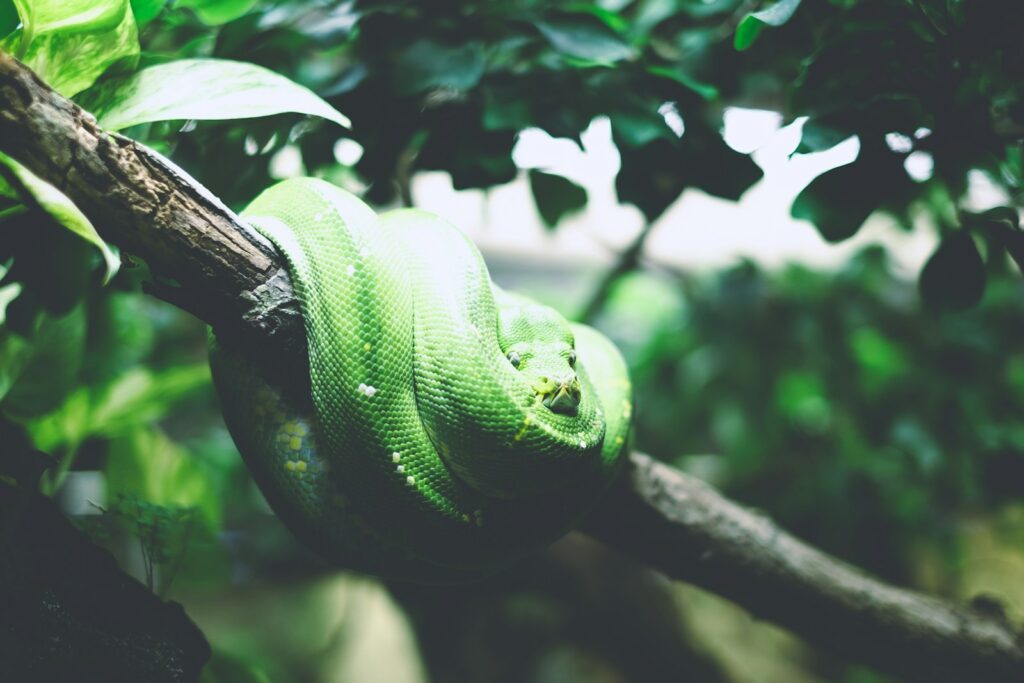
The genetic implications of urban living for non-venomous snakes are profound and increasingly documented through modern molecular techniques. Urban snake populations often experience genetic bottlenecks and founder effects as cities develop, with subsequent isolation leading to reduced gene flow between urban fragments and rural populations. Research has identified signatures of selection in certain genes related to metabolism, stress response, and immune function in urban snake populations, suggesting adaptive evolution to city living is occurring in real-time. Interestingly, some studies have found evidence of parallel evolution, where the same genetic adaptations arise independently in different urban snake populations facing similar challenges. Urban connectivity features like railroad corridors and greenways can serve as genetic lifelines, with population genetics studies showing higher gene flow along these linear features that connect otherwise isolated habitat fragments, highlighting the importance of urban planning decisions for the genetic health of snake populations.
Threats and Mortality Factors
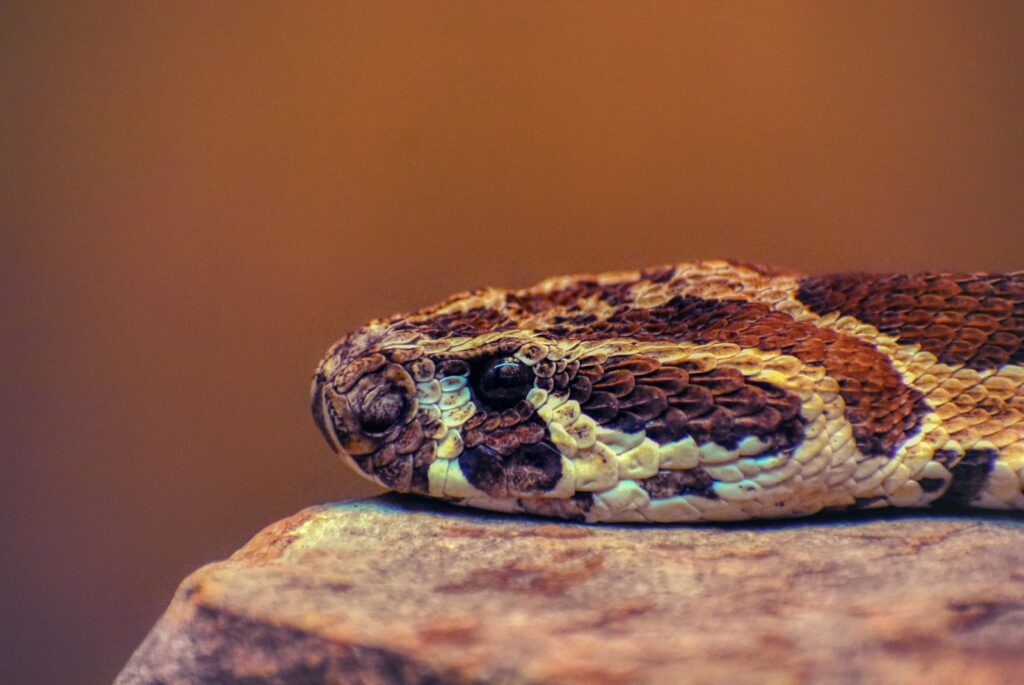
Despite their adaptability, urban-dwelling non-venomous snakes face numerous mortality factors that shape their evolution and population dynamics. Road mortality remains perhaps the most significant threat, with seasonal spikes in snake deaths occurring during spring breeding movements and fall migrations to hibernation sites. Predation patterns differ dramatically from natural settings, with domestic cats and dogs responsible for substantial snake mortality, while natural predators like raptors may actually be less common in heavily urbanized areas. Landscape maintenance activities including mowing, trimming, and mulch replacement create periodic disturbances that can cause direct mortality or expose snakes to predation. Chemical threats abound in urban environments, with pesticides, herbicides, and fertilizers potentially causing both acute toxicity and sublethal effects on growth and reproduction. Perhaps most perversely, deliberate killing by humans remains a significant source of mortality, with public education efforts working to reduce these preventable deaths by addressing misconceptions about snake danger.
Urban Snakes as Ecosystem Service Providers
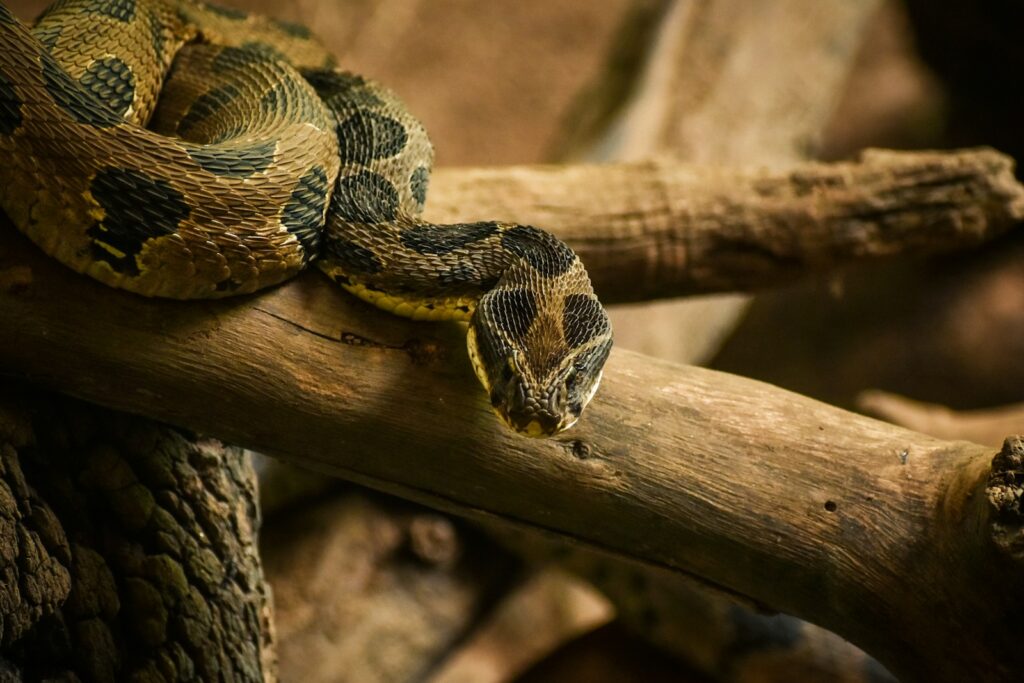
Far from being unwelcome intruders, urban non-venomous snakes provide valuable ecosystem services that benefit human communities in numerous ways. Their predatory activities help control rodent populations that can spread disease and damage property, with a single rat snake capable of removing dozens of mice from a neighborhood annually without the toxicity concerns associated with rodenticides. Garden-dwelling species consume slugs, snails, and insects that might otherwise damage ornamental plants and vegetables, providing natural pest control services. In urban wetlands and stormwater management facilities, aquatic snake species help regulate amphibian and small fish populations, contributing to balanced aquatic ecosystems. Beyond these tangible benefits, urban snakes serve as charismatic educational ambassadors that connect city dwellers to nature, with snake encounters providing opportunities for nature education and appreciation. As interest in sustainable urban planning grows, the ecosystem services provided by these adaptable reptiles are increasingly recognized as components of healthy urban environments.
Conservation and Coexistence Strategies
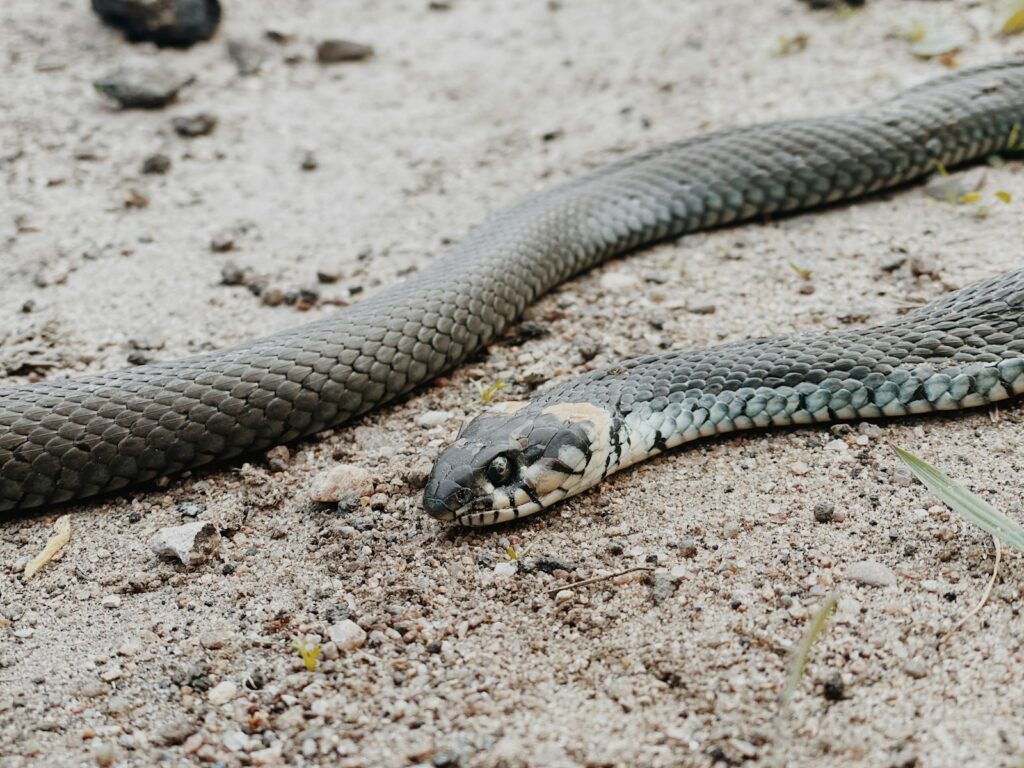
Successful conservation of non-venomous snakes in urban environments requires multifaceted approaches that address both habitat needs and human attitudes. Wildlife-friendly urban design incorporates features like vegetated corridors, stepping-stone habitats, and road crossing structures to facilitate snake movement through the urban matrix while reducing mortality. Community education programs that focus on the ecological benefits of snakes rather than fear-based messaging have proven effective at reducing intentional killing, with particular success when targeting children who can influence adult attitudes. Citizen science initiatives engage urban residents in snake monitoring, creating both valuable scientific data and personal connections with local wildlife. Snake-specific habitat enhancements such as hibernacula construction, brush pile creation, and strategic vegetation management can support populations in parks and greenways. As cities continue to expand globally, developing coexistence strategies becomes increasingly important for maintaining biodiversity, with non-venomous snakes serving as important indicators of urban ecosystem health and conservation success.
As our cities continue to expand and transform natural landscapes, the remarkable adaptability of non-venomous snakes offers both ecological insights and conservation challenges. These resilient reptiles have developed sophisticated strategies to navigate the complex urban environment, from modifying their diets and behaviors to exploiting human infrastructure in ingenious ways. Their persistence reminds us that wildlife adapts alongside our human developments, finding opportunities even in seemingly inhospitable concrete landscapes. By understanding and appreciating these adaptations, we can design more wildlife-friendly cities and foster coexistence with these important predators. The story of urban snakes is ultimately one of resilience—a testament to nature’s capacity to evolve and persist even in our most human-dominated environments, enriching urban ecosystems and connecting city dwellers with the natural world that continues to thrive alongside us.

